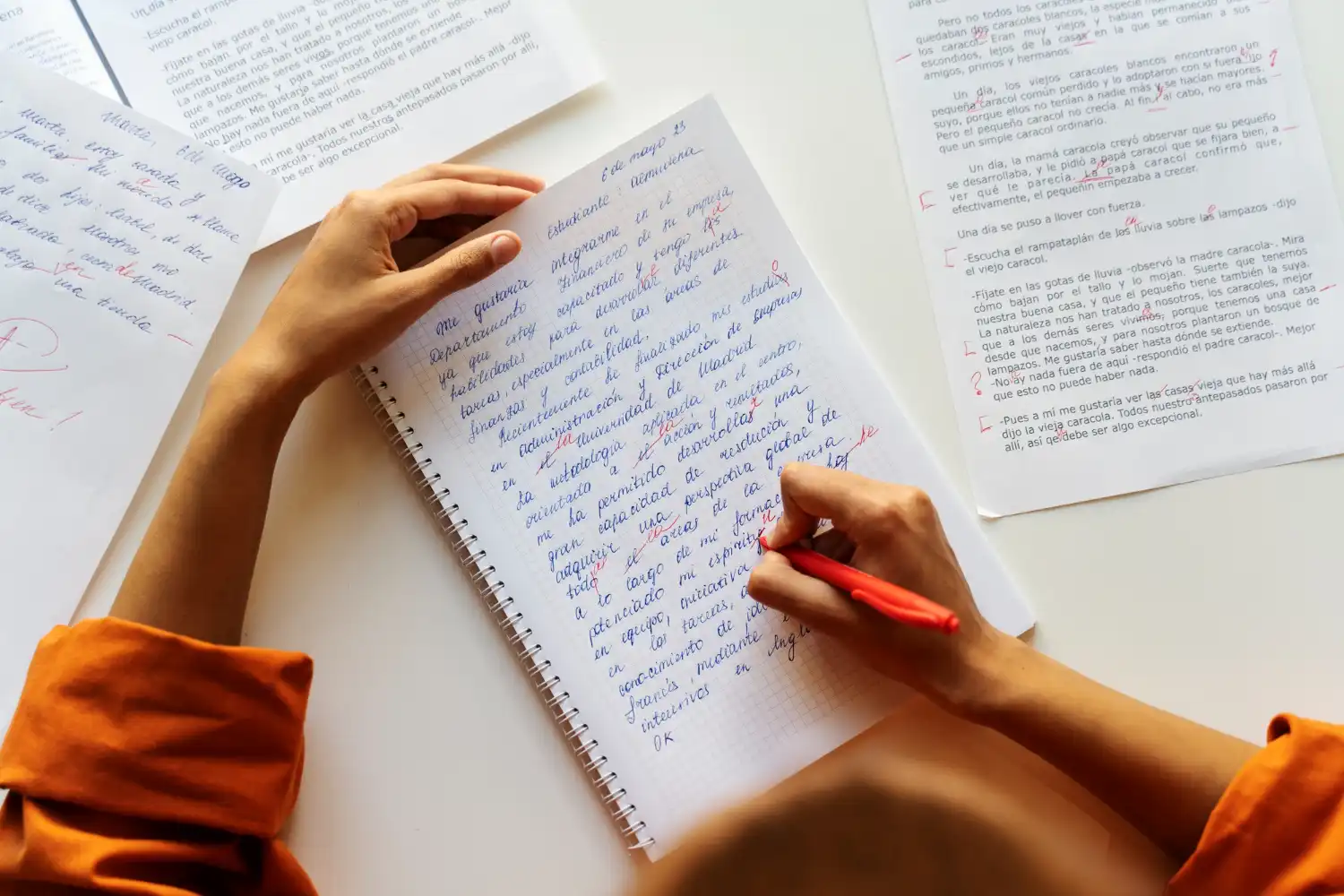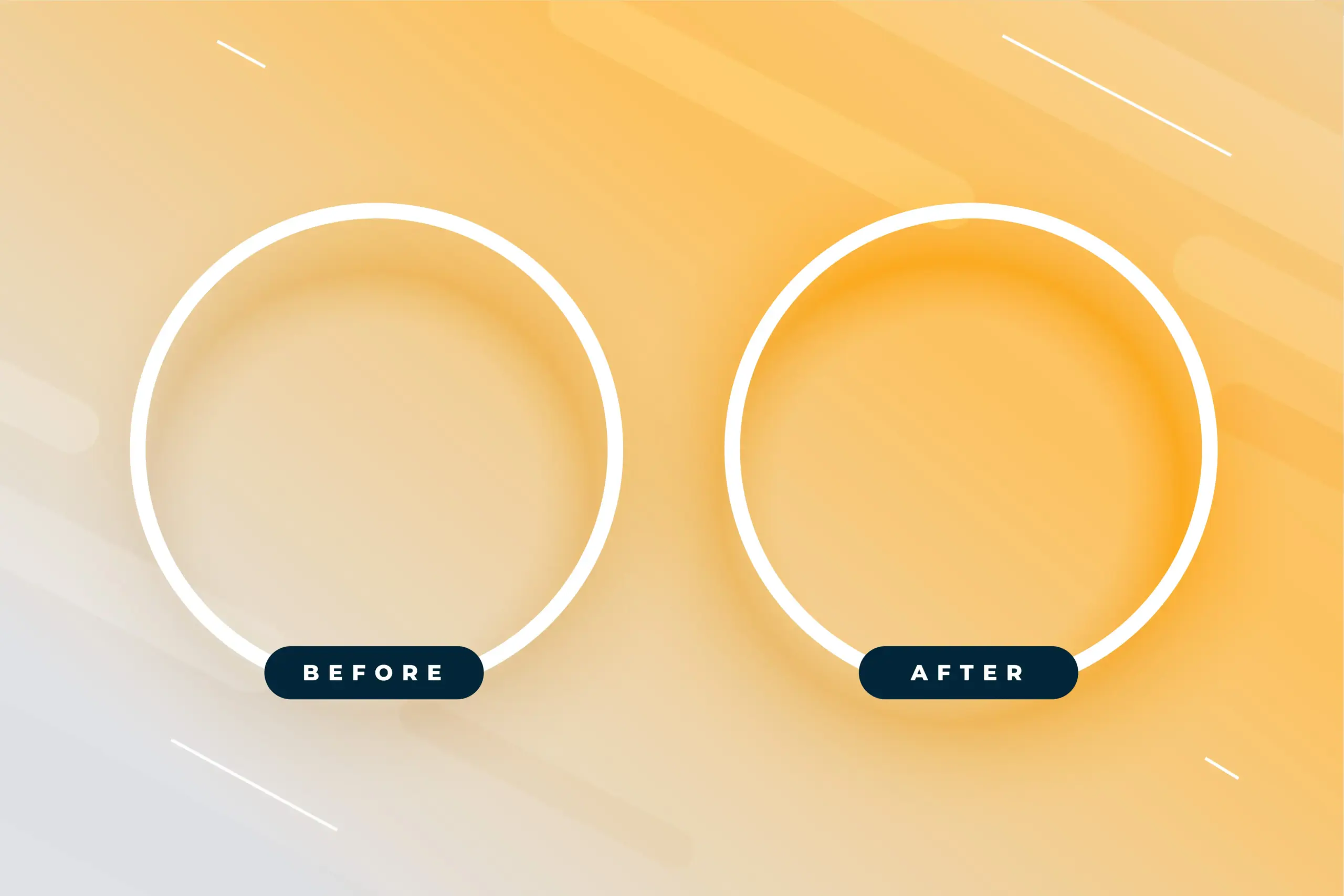Summarizing articles without plagiarizing is a critical skill that many writers struggle with.
The difference between effective summarization and accidental plagiarism often comes down to specific techniques.
The 3-Step Transformation Process is one of the core methods that works while summarizing an article without plagiarizing.
This means reading the original, closing the document, then writing your summary from memory using your own words and sentence structure.
Other methods will help you further while doing research and writing from summaries. Let’s explore them.
What is Plagiarism in a Summary?
Plagiarism means using someone else’s words, ideas, or work and presenting them as your own without giving the writer proper credit. In summary, plagiarism can happen in a few ways:
- Copying and pasting sentences or phrases directly from the original article without using quotation marks and a citation.
- Changing only a few words in a sentence from the source (this is called “patchwriting”).
- Using a unique idea or argument from the article without crediting the author.
- Writing a summary of the article without including any citation to the source.
The goal of a summary is to present the main ideas of an article in your own words, while still giving full credit to the original author for their work.
Step-by-Step Guide to Plagiarism-Free Summarization
Following a clear process is the best way to ensure your summary is original. Here’s how to summarize an article without plagiarizing:

Step 1: Read the Article to Understand It Deeply
Before you write anything, read the original article multiple times. Your first goal is not to memorize it, but to understand it. What is the author’s main argument (thesis)? What are the key points they use to support that argument? Don’t move on until you can confidently explain the article’s purpose.

Step 2: Identify and Note Down the Main Points
Read the article again, this time with a pen or a document open. Do not copy full sentences. Instead, use short phrases, keywords, or bullet points to capture the core concepts.

Step 3: Write Your First Draft Without Looking at the Original
This is the most important step. Put the original article away where you can’t see it. Now, using only your notes, write a summary of the article in your own words. Explain the author’s ideas as if you were telling a friend about them. This forces you to use your own sentence structure and vocabulary.

Step 4: Compare and Refine Your Summary
Once your draft is done, bring the original article back. Compare your summary to it.
Check for Accuracy: Did you correctly represent the author’s main points?
Check for Unintentional Plagiarism: Did you accidentally use any unique phrases or sentences from the original? If so, you must either put them in quotation marks or paraphrase them completely.

Step 5: Add Your Citations
Every summary must include a citation that tells your reader where the information came from.
Proper Citation Methods for Summaries
Giving credit to the original author is the most important part of avoiding plagiarism. This is called ‘citing’ your source. Think of it as simply telling your readers where you got your information. It proves you are an honest writer and allows others to find the original article if they want to learn more.
There are different formatting styles or rules for how to write these citations, with APA and MLA being the most common. Always ask your instructor, professor, or editor which style you should use and follow its guidelines carefully.
A proper citation has two parts that work together:
1. The In-Text Citation
This is a short note that you place right inside your summary paragraph. You add it every time you mention an idea that comes from the source article. This short note usually includes the author’s last name and the year the article was published. It acts as a quick pointer to show your reader that the idea isn’t yours.
APA Style Example: According to Smith (2025), the main cause of the issue is…MLA Style Example: Smith argues that the main cause of the issue is… (25)
2. The Full Citation
This is a full list of all the sources you used, which you place at the very end of your paper. This list is often called a “References” or “Works Cited” page. Here, you provide all the details someone would need to find the exact article, including the author’s full name, the article title, the publication venue, and the publication date.
APA Style Example: Smith, J. (2023). The Impact of AI Video Summarization on Student Learning. Journal of Educational Technology, 18(4), 45–52.
MLA Style Example: Smith, John. The Impact of AI Video Summarization on Student Learning. Journal of Educational Technology, vol. 18, no. 4, 2023, pp. 45–52.
Remember one thing, no matter which style you use, the main rule is simple: if the idea did not come from your own head, you must cite the source.
Common Plagiarism Mistakes to Avoid
Forgetting Quotation Marks: If you use three or more words in a row that are taken directly from the source, you MUST put them in quotation marks (” “).
Improper Paraphrasing: Simply changing a few words with synonyms is still plagiarism. You must change both the words and the sentence structure.
Missing Citations: Every summary, no matter how much you paraphrase, needs a citation.
Citing the Wrong Source: Make sure your in-text citation correctly matches the full citation in your reference list.
How TubeOnAI Helps Create Original Summaries
Many AI-powered tools can help you get summaries without plagiarism. For example, we can talk about TubeOnAI. This tool has been made especially for summarization. Using this tool allows you to summarize your content without plagiarism.
Here’s how you can use it ethically:
1. Understand the Article Faster: If you have a long or complex article, you can use TubeOnAI to get the summary and understand the article faster than ever.
2. Get a First Draft for Paraphrasing: The AI can generate a summary of the article. But you should not copy and paste this. Instead, use it as a starting point. Read the AI’s version, and then rewrite it completely in your voice and style, ensuring you understand the concepts yourself.
3. Extract Key Information: The tool can pull out key terms and data, which you can use in your original sentences.
Conclusion
Learning how to summarize an article without plagiarizing is a fundamental skill for anyone in academia or content creation. It is about more than just avoiding trouble; it is about showing respect for other people’s work and building your credibility as a writer.
By following a clear, step-by-step process, using effective paraphrasing techniques, and always giving credit through proper citations, you can write summaries that are both informative and completely original.


